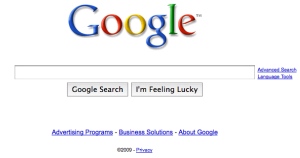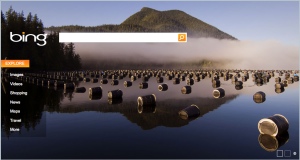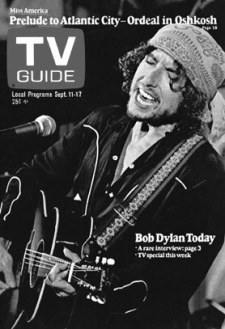
Driving across town the other day, I heard a Droid phone ad on the radio. The ad compared Droid’s capabilities to that of a relentless robot that accomplished tasks with power, speed and an implied ruthless inhuman amorality. And then there was a line that revealed a little more than was probably intended. Although in this day and age, it seems impossible that an unconscious thought could slip through in an advertisement. The radio ad states that the Droid isn’t:
Aphrodite in a miniskirt
For those of you keeping score at home, in Greek mythology, Aphrodite is the Goddess of love, beauty and sexual rapture. The phrase in the commercial is obviously referencing Apple’s iPhone. It appears that the gender of the iPhone is decidedly female.
In Greek mythology, Aphrodite is the goddess of love, beauty and sexual rapture. According to Hesiod, she was born when Uranus (the father of the gods) was castrated by his son Cronus. Cronus threw the severed genitals into the ocean which began to churn and foam about them. From the aphros (“sea foam”) arose Aphrodite, and the sea carried her to either Cyprus or Cythera. Hence she is often referred to as Kypris and Cytherea. Homer calls her a daughter of Zeus and Dione.
After her birth, Zeus was afraid that the gods would fight over Aphrodite’s hand in marriage so he married her off to the smith god Hephaestus, the steadiest of the gods. He could hardly believe his good luck and used all his skills to make the most lavish jewels for her. He made her a girdle of finely wrought gold and wove magic into the filigree work. That was not very wise of him, for when she wore her magic girdle no one could resist her, and she was all too irresistible already. She loved gaiety and glamour and was not at all pleased at being the wife of sooty, hard-working Hephaestus.
Apparently, compared to the Droid, the iPhone could be considered pretty, sexy even, but not very serious or useful. The iPhone is merely a decorative female. In the myth the Droid might be compared to Hephaestus, the husband selected for Aphrodite by Zeus. Although Hephaestus had emotions, and the Droid, as a robot, lacks them. A cursory glance at the communications sheath surrounding the Droid pegs it squarely as a teenage boy infatuated with science fiction. Due to his inexperience with the female of the species, Droid manufactures a fantasy that assigns the female a particular role within the science fiction narrative it inhabits.
In a follow up commercial, the iPhone is described as a:
Tiara-wearing, digitally clueless, beauty pageant queen
At this point, it’s fairly clear that Droid doesn’t have a date to the school prom and feels contempt for the social set. Droid will show the world that geeks are cool, that math and science rule. That being popular shouldn’t be based on how you look, how many friends you have or your sense of style— but rather on how many mechanical pencils you can fit into your pocket protector.


Now, take a look at Google and Apple and think about what this narrative says about the respective companies. Apple has spent a long time developing its corporate messaging. Google has never had to. The Droid ads are an interesting view into the unconscious wishes of the Google corporation. In an age where becoming an adult is optional, Google could embrace this awkward teenage geeky science fiction persona for a good long time.

But deep down, the Google Droid is using all its powers to search for that potion that will turn the Nutty Professor into Buddy Love. And then thanks to science (fiction), that mini-skirt wearing Aphrodite beauty queen will find him irresistible.
6 Comments



